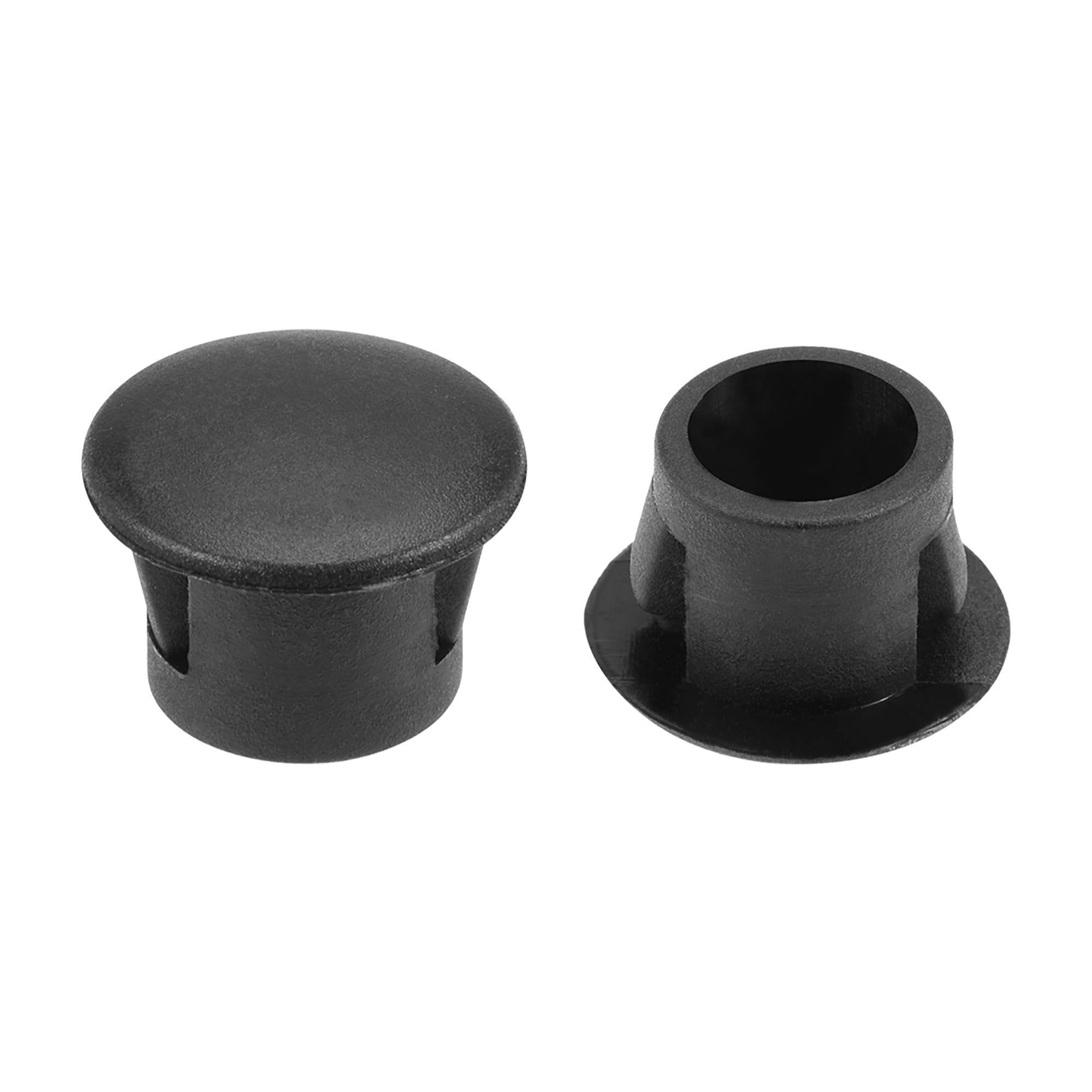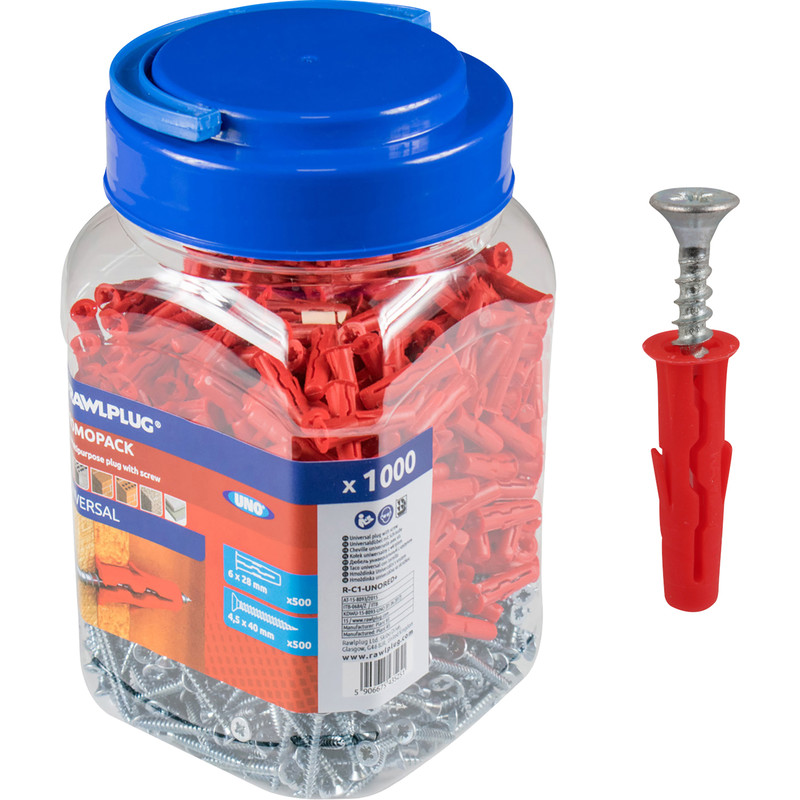
Allow the area to dry, then sand lightly. Use a putty knife to fill them with spackling or wall joint compound. The TRX Swell Plug is the only product of its kind. Tiny nail and screw holes are the easiest to fix. Luckily, tie rod hole plugs fill in gaps and reduce leaks in your basement. Its water-activated materials help it expand to stop leaks and last longer than traditional bonding materials like caulk or epoxy. Since its creation in 1997, it has received three patents. The TRX Swell Plug is the only product of its kind. It has been reported that really old outlets used captive ball bearings and coil springs for the detent, but today it is done with a bump and springy copper contacts. Order Now Fast, Easy, Do It Yourself, and Effective Money Savings If you're a DIY home owner, try a TRX Swell Plug for you basement leak repair Homeowners often struggle with basement leaks. What size plug should I use Find out as I explain gauge, screw sizes, what size pilot hole or clearance hole to drill and what wall plug colours mean. Luckily, tie rod hole plugs fill in gaps and reduce leaks in your basement. There may also be a small savings in raw materials (metal) for the manufacturer of the actual plug prong. The most common type features two vertical slots for the electrical prongs and a single hole for the grounding prong, but there are many other types of wall plugs made for varying purposes, like surge protection, tamper-resistance, and remote control.For example, a manufacturer might apply a plastic band through the hole and attach it to a tag that says, "You must do 'X' before plugging in this device." The user cannot plug in the device without removing the tag, so they are sure to see the instructions. Construction projects or industrial safety requirements may call for this type of sealing. Some electrical devices also come "factory-sealed" or "locked-out" by the manufacturer with a plastic tie inserted through one or both of the prong holes.It also helps improves the contact between the plug and the outlet. The weight of the object you wish to hang will determine the screw gauge youll need, and the screw gauge will determine. This prevents the plug from being pulled out of the socket from the weight of the plug or cord.

These bumps fit right into the holes on the prongs so that the outlet can grip the plug more firmly. If you were to take apart an electrical outlet and look inside where the prongs slide into, you would see they have bumps on them.

The bit can drive into a wall with a light tap of a hammer.

For instance, you need a slightly smaller bit than the plug for a plastic plug and concrete walls. The type of wall you have determines the type of bit to use. They use different size bits that entirely depend upon the weight of the application in question. There are four main types of wall plugs: red, yellow, blue, and brown wall plugs. 1G Single Socket + 30mm PVC Back Box Pattress Plug Socket Electrical Socket. So, the size of the wall plug will vary according to the size of the drill bit used to create a hole. Bathroom Wash Basin Sink Stone Countertop Wall Hung No Tap Hole 700x460mm. The correct Rawplug or wall plug will depend upon the screw gauge in use. What is the Easiest Way to Know What Size Drill to Use for Various Wall Plugs? to minimise rotation and hold securely in the hole with four-way tip expansion Standard, commercially-available screws can be used (see technical data).How Do I Insert a Drill Bit Into an Electric Drill?.What Size Drill Bit for a Red Wall Plug?.



 0 kommentar(er)
0 kommentar(er)
